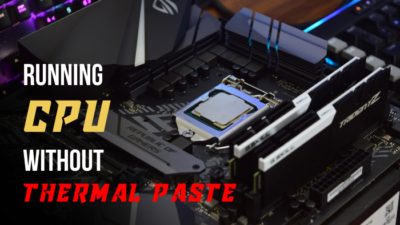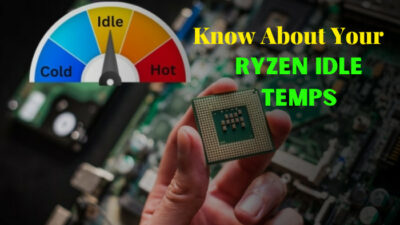Undervolting is a popular CPU tweak among gamers and PC enthusiasts just like overclocking. There are some advantages of undervolting such as low power consumption and less temperature.
However, in case the procedure doesn’t go as planned . You may experience performance drop in game or even BSOD error.
Let’s get into the article and talk about how to tell if your voltage is low and how to restore it.
What is Undervolting?
Undervolting or lowering the voltage is a serious process. And the best thing is, it doesn’t damage your CPU while maintaining acceptable performance at lower temps. But if done improperly, then you may encounter some unstable situation.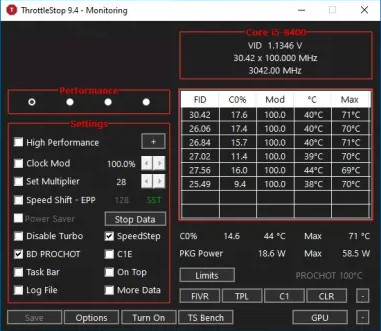
When you undervolt your CPU, you reduce the amount of power or voltage directed to your CPU. More voltage means more performance and heat, while lowering it means moderately less performance and a cooler CPU.
Regardless, when you set the voltage too low, you may experience laggy performance, low FPS while gaming, or a blue screen. Let’s look at how to determine if your voltage is too low.
How to Check CPU Voltage is Too Low?
In case you already undervolted the CPU and encounter issues, then you have to recheck for what’s gone wrong. You may accidentally lower too much voltage. To check the voltage level, you need to install a monitoring app.
Follow these steps to determine if your CPU voltage is too low:
Assemble The Monitoring and Stress-Testing Apps
You should set up several programs for tracking clock speed, voltage, and temperatures. I’ll demonstrate what you require in order to measure the voltage and how those are extremely beneficial.
- Get the app HWiNFO, for monitoring CPU temperature, clock, voltage, and power reading.
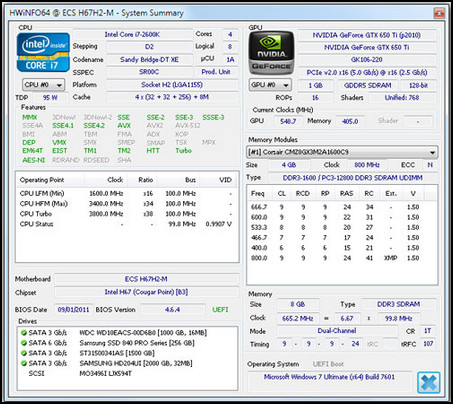
- Cinebench R20 or R23, to check single and multithreaded benchmarks.
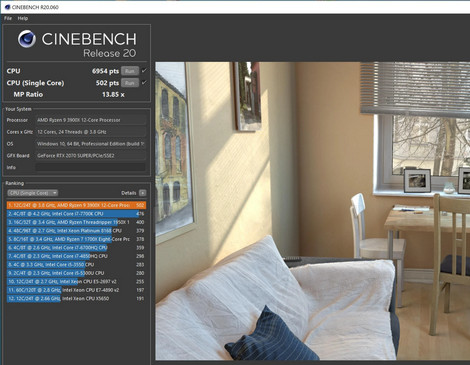
- Any spreadsheet program to submit your reading.
- For Ryzen, get Ryzen Master or Clock Tuner 2.1.
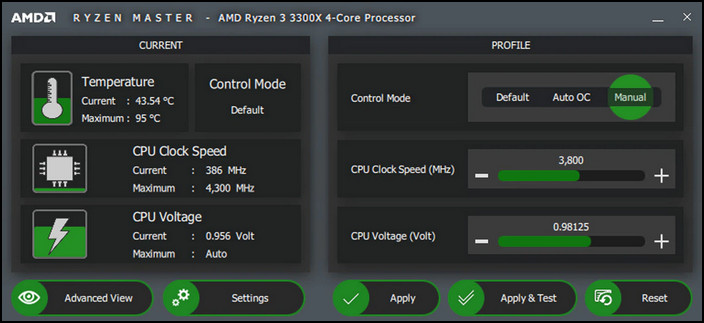
- For Intel, acquire Intel Extreme Tuning Utility (Intel XTU).
When you lose performance for undervolting. And it’s not desirable intent for any PC user. Let’s check the situation with HWiNFO. First, close all the programs like browsers or services that run in the background. Then just run the monitoring app HWiNFO.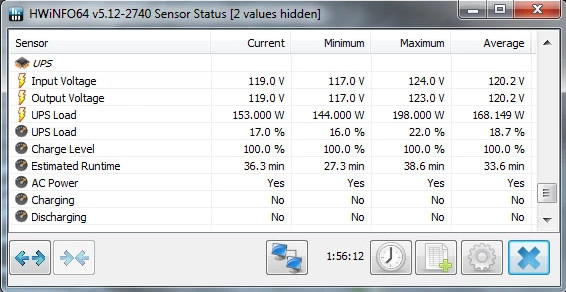
From the app, hit Reset Value Button and wait for the process to complete. Then note the max package power, max CPU temp and Vcore voltages values in your spreadsheet’s IDLE column.
Here is my Ryzen 3 3200G idle voltage figure for better understanding.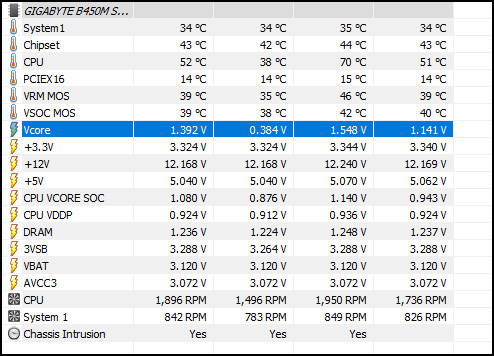
As you notice, the idle voltage is 1.392V. Also, at the time of boosting it rises to 1.548V and the average is 1.141V. In case it goes down 1.141V in idle state, then it’s undervolting. Also, at the time of boosting if it doesn’t reach 1.548V then I may lose performance for undervolting.
Follow these steps to stress test with Cinebench R20:
- Run Cinebench R20.
- Click File and choose Advanced benchmark.
- Reset values of HWiNFO again.
- Began the Multi-threaded benchmark.

After completing the benchmark, record the score and maximum temperature. Run the single-threaded benchmark tests once more. Also, take note of the voltage and temperature values.
Later, after obtaining all the test results, you can now determine whether your CPU is undervolted. The idle voltage value for your CPU can be found on the manufacturer’s website or on the retail box.
Go through our discussion on how much voltage can a CPU take to know more about this topic.
Determine Whether The CPU Voltage is Intolerably Low
Maybe the voltage is lower than the recommended rate, but you still have acceptable performance. That indicates your undervolting is successful. However, when you encounter your system is unstable, then the voltage may be too low for the CPU.
Also, perhaps you are not experiencing a significant drop in performance, but the CPU is not reaching the boost clock speed, for example, your boost speed is 4.7 but after undervolting you are reaching 4.3. This also implies that your voltage is insufficient for your CPU.
And when you already experience problems with choppy performance, blue screen of death, and sudden shutdown, it also indicates low voltage problems. Also, following the previous test, you discover that your CPU is not getting the necessary voltage, then you will need to reset the voltage.
CPU Voltage is Too Low: How to Fix?
You can reset the voltage to the default with the apps that you use for undervolting. If you use 3rd party apps like Throttlestop then resetting the voltage is pretty easy.
Just delete or rename the extension file that is created at the time of undervolting. And that will reset the voltage back to normal.
Also, you can use AMD’s Ryzen Master and Intel XTU to readjust the voltage back to normal. And if you use a laptop, then Intel XTU will help to restore the voltage. Also, for some laptops, that’s the only option to reset voltage beside BIOS.
You can also reset the BIOS to go back to the default option for your CPU voltage. Also, it’s possible to change the settings from the advanced menu.
Follow these steps to reset BIOS:
- Start the computer.
- Press numerous times the F10, F2, F12, F1, or DEL keys until Entering Setup appears.

- Restore the BIOS to factory settings. The method for resetting the BIOS differs between computers:
- Select the Load Defaults option.
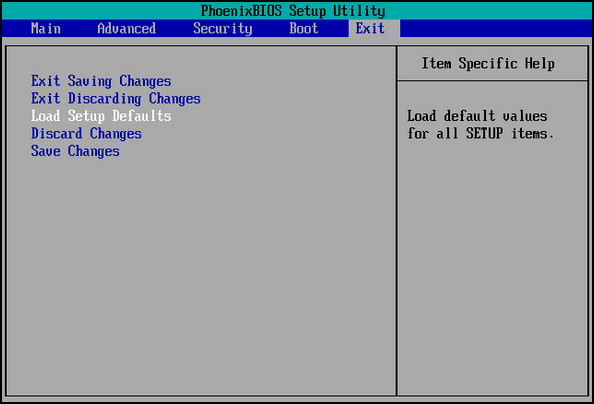
- Alternatively, press the F9 key to restore default settings.
- Instead, press Alt+F to load the default settings.
- Select the Load Defaults option.
- Select Save and exit by pressing the Esc key.
- To save all changes and exit the BIOS setup screen, press the Enter key.
- Restart the computer.
If you can’t reset the bios through these steps, then for your desktop, take out the small battery from the motherboard, for some seconds and then reattach the battery in its place. That will automatically restore the BIOS.
It is possible that these procedures will not work on every computer. Assuming this is also true for you, you can use the ultimate reset solution. Remove the CMOS battery from the motherboard, wait a couple of seconds, and then replace the battery. This will restore the BIOS automatically.
Is CPU Undervolting Safe?
Undervolting the CPU is safe because it does not harm or place any stress on the processor in the same way that overclocking does. However, things can go wrong, and your computer may become unstable.
In most cases, undervolting is the most secure way to maintain a desirable temperature and adequate performance. Laptops are an excellent example of why undervolting is beneficial.
Heat is always a factor in decreased performance. It also reduces the lifespan of the components. And by undervolting, you can easily lower the temperature. This ensures adequate performance and a longer product lifespan.
FAQs
What happens if your CPU voltage is too low?
It might not post or crash. Increase the voltage if you can enter the bios again, but the computer still fails the stress test. You will need to reboot the CMOS, if it doesn’t POST.
Is 1.4 V too much for CPU?
An excessive voltage increase can harm your system. Whereas many ram module kits are designed to run at about 1.35v with XMP, DDR4 runs by default at 1.2v. Once your system is steady, gradually increase the voltage; for safety’s sake, we don’t recommend going above 1.4v.
Does voltage affect CPU?
Yes, a voltage drop that lasts too long or drops too low can damage hard disk data as well as memory. It has been long enough just to cause issues when you see the lights fading.
What happens if you overvolt a CPU?
Your CPU could actually be destroyed by overvoltage or get burn marks. Many people advise staying below 1.25v for maximum safety and settling for what is available at that level. Most motherboards, however, will let you set whatever up to 1.4v while warning you of the risk.
What is the max safe voltage for CPU?
In case you have a Ryzen 3000 or later CPU, you’ll like to stay at 1.3 volts or below. Ryzen 1000 and 2000 processors are relatively safe at voltages lower than 1.4 volts. Just use the CPU Voltage area to increase your voltage by a. 025-volt step if you’re ready to take a chance.
Wrapping Up
Undervolting is one of the most common ways to keep the temperature under control while still getting adequate performance out of the machine. Overdoing, on the other hand, does not endanger your CPU but renders the PC unusable by lowering performance.
Furthermore, excessive undervolting may result in other issues such as sudden shutdown, blue screen, and warning or error messages.
Throughout the article, I discussed how to determine in case your CPU’s voltage is too low and how to fix it. The CPU is the most important component for performing all tasks. When the voltage is too low, it creates a choke point for the processor, resulting in numerous complications.


